

European History Tours Centered Around Women Who Made Their Mark
Summary
Reflection Questions
Journal Prompt
Undoubtably, our readers have sifted through dozens of reviews for European tours. Whether you seek a guided tour through France’s wine regions or an independent walking tour of Medieval England’s rich history, these trips have the potential to be some of the most memorable in our entire lives. However, few tours focus on the incredible women who have influenced literature, art, science, math, religion, and politics throughout European history. The roles and contributions of women have often been overshadowed by their male counterparts, their stories relegated to footnotes or, at times, forgotten altogether. Yet, the continent’s past is replete with tales of women who not only shaped their own destinies but also left indelible marks on the societies around them.
In this article, we offer our own truncated tour of Europe’s most amazing historical women. By exploring the diverse contributions of women across various fields—be it in the arts, sciences, politics, or social reforms—we aim to offer a broader, more intriguing perspective on European history. Through their stories, we celebrate the strength, ingenuity, and resilience of women who, against the odds, have played pivotal roles in shaping the continent’s history. Join us on this adventure and let DesignDash be your tour guide through European women’s history!
The Significance of Women’s History in Europe


Acknowledging women’s contributions to history is crucial for a comprehensive understanding of Europe’s past. It challenges the traditional narrative that often marginalizes or omits women’s roles and acknowledges their impact across various spheres of life. Celebrating these contributions ensures a more balanced historical record and promotes gender equality by highlighting female achievements that have been historically undervalued or ignored.
The Impact of Women on Their Societies and Beyond
Women have played pivotal roles in shaping our world, influencing everything from developments in culture to political landscapes. Their contributions, whether as rulers, intellectuals, activists, or artists, have not only been instrumental in driving societal change within their own countries but have also had far-reaching effects on global history. Recognizing these impacts helps to appreciate the multifaceted influence of women throughout time and challenges stereotypes about women’s roles and capabilities.
Rediscovering and sharing the stories of influential women from history can serve as a powerful source of inspiration for modern audiences. These narratives not only shed light on women’s resilience and creativity in the face of adversity but also offer valuable lessons on leadership, innovation, and perseverance. By highlighting the achievements of women who broke barriers and made significant contributions to their fields, we can inspire current and future generations to pursue their passions and advocate for change.
European Tour Overview: A Journey Through Time and Place
Let’s begin our tour! From the medieval streets of Germany to the birthplace of Mary Shelley we will explore the legacies of philosophers, queens, polymaths, and rulers who defied the expectations of their times.
Ancient Times
Boudicca (United Kingdom)
The tale of Boudicca, the warrior queen who challenged the might of the Roman Empire, is etched into the landscapes of what is now the United Kingdom. Her revolt against Roman rule is a story of resistance and courage. Exploring the regions associated with her uprising gives us a deeper understanding of her impact on Roman Britain and her enduring legacy as a symbol of defiance.
For a tour with stops focused on Boudicca, the legendary warrior queen who led a significant revolt against the Roman Empire in the 1st century AD, you should consider visiting cities and regions in England that are closely associated with her legacy and the history of the Iceni tribe. Below are some key destinations.
Colchester (Camulodunum)
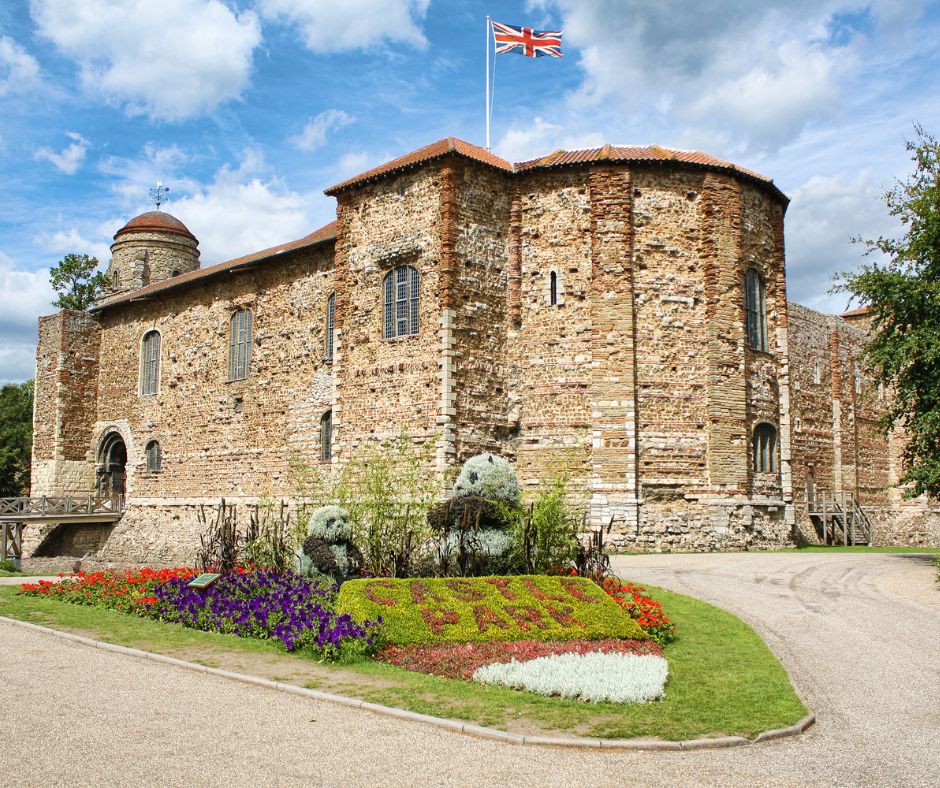

Colchester, known in Roman times as Camulodunum, was the first Roman capital of Britain and one of the three major cities attacked by Boudicca’s forces. Today, it’s a place where you can explore ancient ruins and learn about the Roman and Celtic heritage through museums like the Colchester Castle Museum, which houses Roman artifacts and exhibits related to the Boudiccan revolt.
London (Londinium)
London, or Londinium as it was known, was another significant city targeted by Boudicca’s uprising. The Roman city was razed to the ground by her army. The Museum of London offers exhibits on the Roman period, including artifacts from that era, and provides insights into the devastation caused by the revolt.
St. Albans (Verulamium)
St. Albans, anciently known as Verulamium, was the third major city attacked by Boudicca. It was a thriving Roman town before it was destroyed by her forces. Today, the Verulamium Museum presents a fascinating collection of Roman artifacts and information about the city’s history, including the impact of Boudicca’s rebellion.
Norwich and the Norfolk Broads
While not a city that was directly involved in the revolt, Norwich and the surrounding region of Norfolk are significant for being part of the heartland of the Iceni tribe, Boudicca’s people. The area is rich in ancient history and landscapes associated with the Iceni. Visiting Norwich and exploring the Norfolk Broads can give a sense of the territory that Boudicca would have known well and considered home.
The Middle Ages
Hildegard von Bingen (Germany)
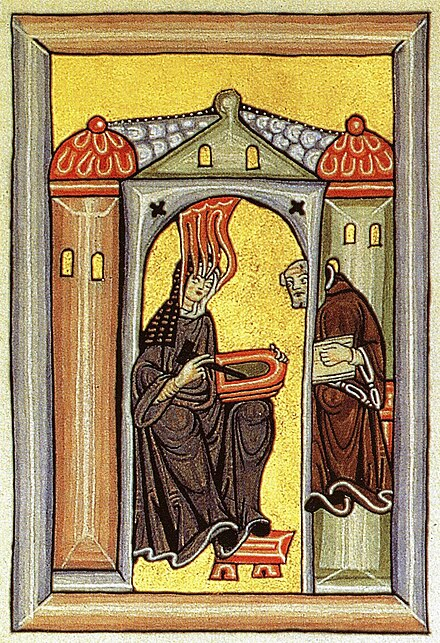

Germany’s monastic sites associated with Hildegard von Bingen offer a unique window into the life of a woman who was far ahead of her time. As a composer, natural scientist, and visionary, Hildegard’s contributions spanned various domains of medieval life. Visiting these monasteries, we can immerse ourselves in the world of a polymath whose visions and intellect continue to inspire.
For a tour centered on Hildegard von Bingen, the renowned 12th-century German Benedictine abbess known for her wide-ranging contributions to music, medicine, and theology, you should focus on the Rhineland region of Germany. Hildegard’s life and work were primarily concentrated in this area, offering a rich tapestry of historical and cultural sites related to her legacy.
Bingen am Rhein
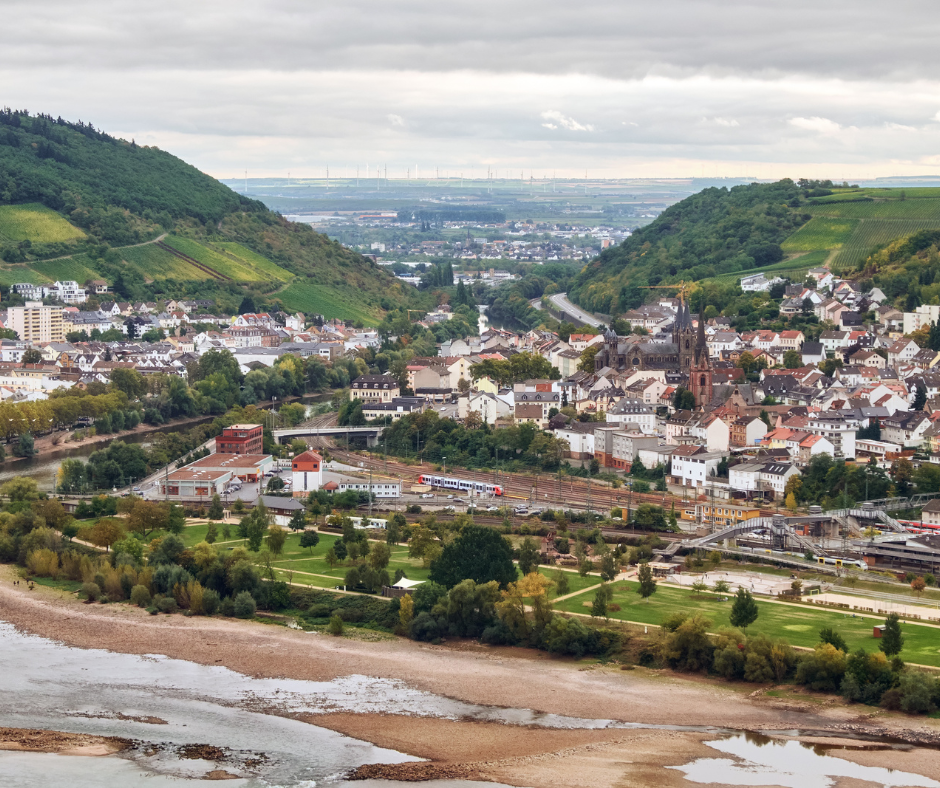

Bingen am Rhein is the starting point for any tour dedicated to Hildegard von Bingen. It’s near where Hildegard founded the Rupertsberg Abbey in 1150. Although the original buildings no longer exist, visiting Bingen can provide context for Hildegard’s early monastic life. The town is also home to the Museum am Strom – Hildegard von Bingen, which features exhibits on her life, work, and influence.
Disibodenberg
The ruins of Disibodenberg Monastery are where Hildegard began her religious life and eventually became an abbess. Located on a hill at the confluence of the Nahe and Glan rivers, the monastery ruins offer a glimpse into the early environment that shaped Hildegard’s spiritual and intellectual development. It’s a serene place that visitors can explore to feel connected to the landscape that influenced Hildegard’s visionary writings.
Eibingen Abbey
Eibingen Abbey, near Rüdesheim am Rhein, is home to the Abbey Church of St. Hildegard, which is still active today and houses relics of Hildegard von Bingen. The abbey is a significant pilgrimage site for those interested in Hildegard’s life and teachings. The church itself is a beautiful example of early 20th-century architecture, inspired by Hildegard’s visions.
Hildegard’s Vineyard
Hildegard was known for her writings on natural science and medicine, including the use of plants and herbs for healing. Hildegard’s Vineyard, located near the Abbey, is an interesting visit for those who want to understand her work in botany and her views on the healing power of nature. The vineyard still produces wine, a nod to the agricultural practices of the monasteries during Hildegard’s time.
Scivias Convent
The Scivias Convent in Eibingen, founded in the 20th century and dedicated to Hildegard, works to continue her spiritual and intellectual legacy. Visitors can learn about Hildegard’s theological texts, her music, and her impact on modern spiritual practices.
Eleanor of Aquitaine (France and England)
Eleanor of Aquitaine’s journey from the courts of Aquitaine to the throne of England epitomizes the power and influence women could wield in the Middle Ages. Tracing her footsteps, from her birthplace in France to the lands she ruled as queen consort, offers insight into the life of a woman who was both a patron of the arts and a formidable political figure in her own right. Below are a few key destinations in both France and England that are integral to understanding her legacy.
Château de Poitiers
In Poitiers, the capital of Eleanor’s Duchy of Aquitaine, you can explore the remnants of the Palais de Poitiers, where Eleanor held court. This city was a significant center of troubadour culture, heavily patronized by Eleanor, which contributed to the development of courtly love literature.
Fontevraud Abbey
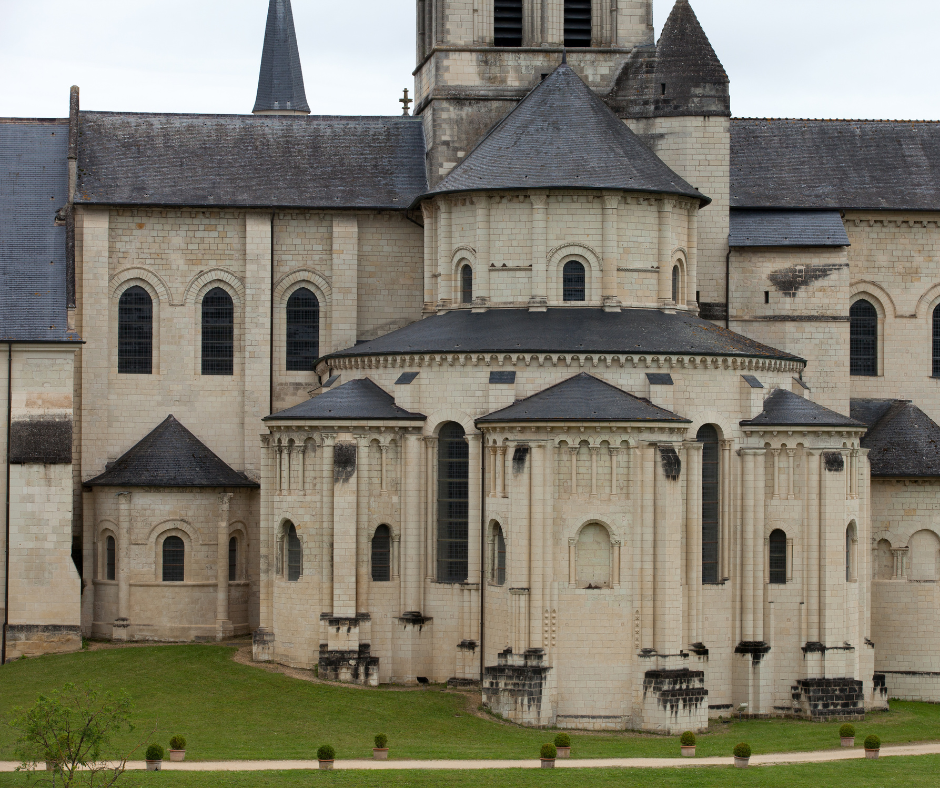

The Fontevraud Abbey, located in the Loire Valley, is Eleanor’s final resting place. This abbey is one of the largest surviving monastic cities from the Middle Ages in Europe. Eleanor, her husband Henry II of England, and their son Richard the Lionheart are all buried here. The site is not only a window into medieval monastic life but also a testament to the enduring legacy of the Plantagenet dynasty.
Château de Chinon
The Château de Chinon, also in the Loire Valley, played a significant role in the life of Eleanor and the Plantagenet family. It was a favored residence of Henry II and served as a stronghold during their reign. The castle is steeped in the history of the period, offering insights into the political and personal dynamics of Eleanor’s life.
Winchester Cathedral
Winchester Cathedral is where Eleanor married Henry II, becoming Queen of England. The cathedral is a magnificent example of Norman and Gothic architecture and a pivotal site in England’s history, offering visitors a glimpse into the medieval royal ceremonies.
Tower of London
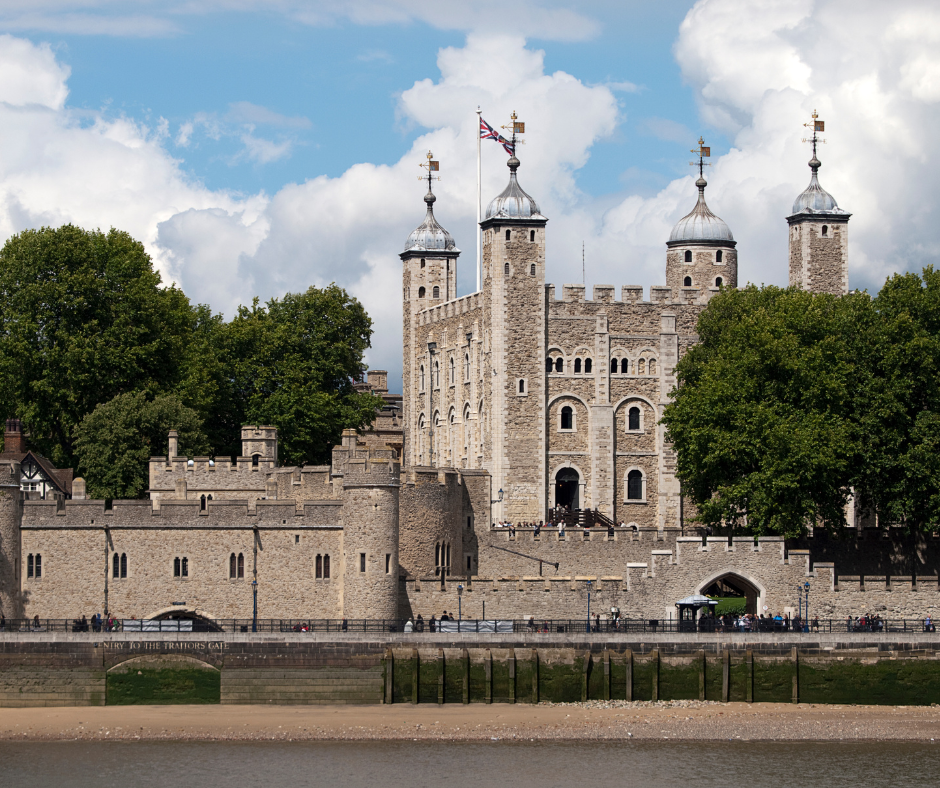

Eleanor was imprisoned for a period by Henry II in the Tower of London, a historic castle on the north bank of the River Thames in central London. The Tower’s rich history as a royal palace, prison, and fortress encapsulates the turbulent nature of Eleanor’s marriage and her resilience.
Old Sarum
Near Salisbury, Old Sarum is the site of the earliest settlement of Salisbury and includes the ruins of a castle where Eleanor was held under house arrest during her later conflicts with Henry II. This site provides a broader context of the medieval landscapes that Eleanor would have known.
The Renaissance
Isabella d’Este (Italy)


Isabella d’Este, known as the “First Lady of the Renaissance,” was a major cultural and political figure whose court in Mantua was a center for the arts and learning. A tour focused on Isabella should include the Palazzo Ducale in Mantua, where she held her famous court and commissioned works from leading artists of the time, including Leonardo da Vinci and Titian.
The Palazzo houses frescoes and art that reflect the splendor of the Renaissance and Isabella’s influence as a patron. Another key destination is the Mantua Cathedral, which showcases the architectural and artistic styles that flourished during her time. Exploring these sites offers insight into Isabella’s role in shaping the Renaissance cultural landscape, highlighting her legacy as a patron of the arts and a political leader.
Sofonisba Anguissola (Italy)
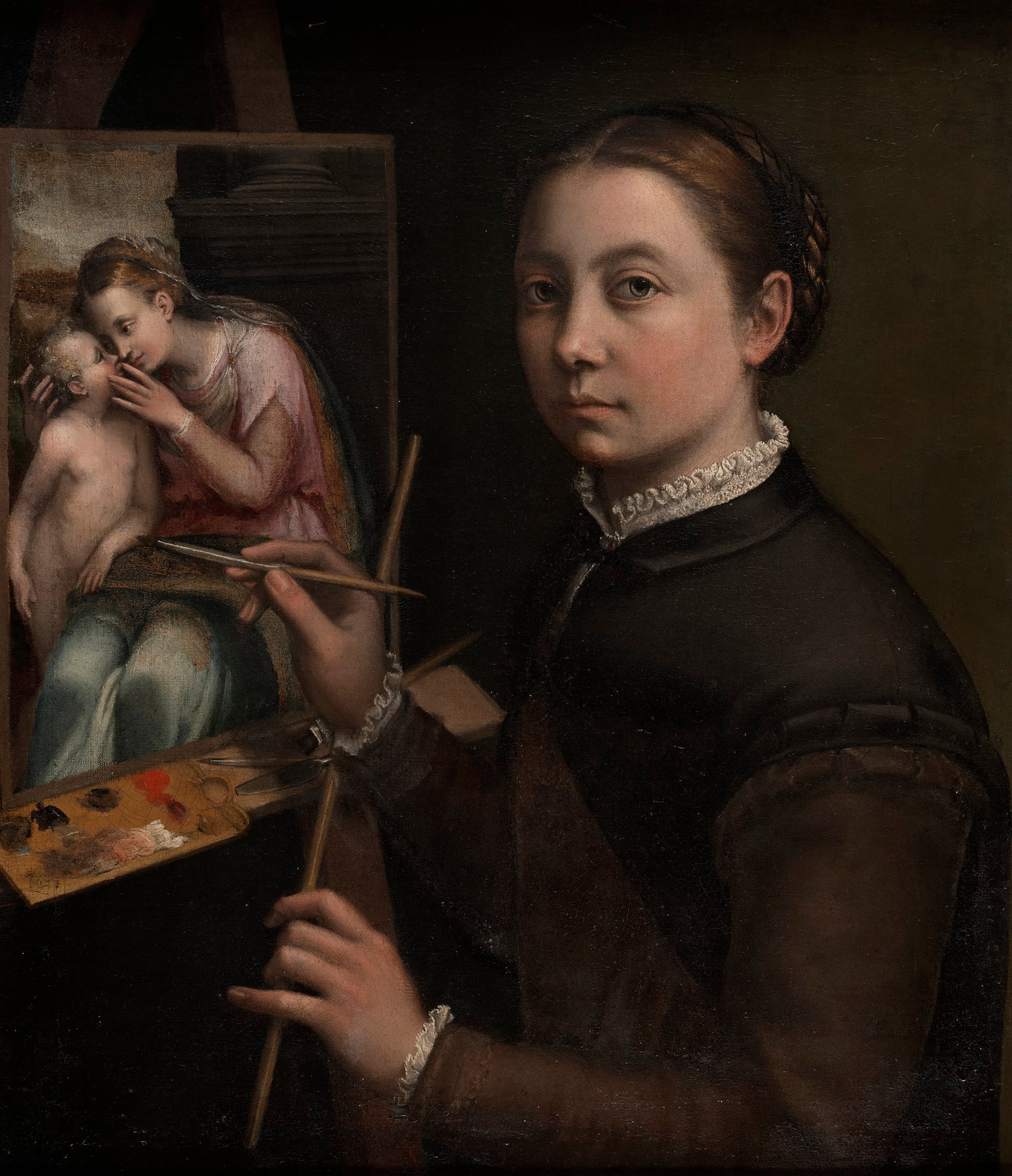

Sofonisba Anguissola was a pioneering female painter of the Renaissance, known for her exceptional portraits that broke new ground for women in art. A tour celebrating Anguissola’s work should include visits to The Museo del Prado in Madrid, where her most famous painting, “The Chess Game,” is displayed, illustrating her innovative approach to capturing domestic scenes and the personalities of her subjects. Although not in Italy, this museum houses a significant collection of her work.
In Italy, the Pinacoteca di Brera in Milan and Uffizi Gallery in Florence also hold her works. These institutions provide a comprehensive view of Anguissola’s contributions to Renaissance art, showcasing her skill in portraiture and her influence on subsequent generations of artists.
The 17th and 18th Centuries
Queen Christina of Sweden
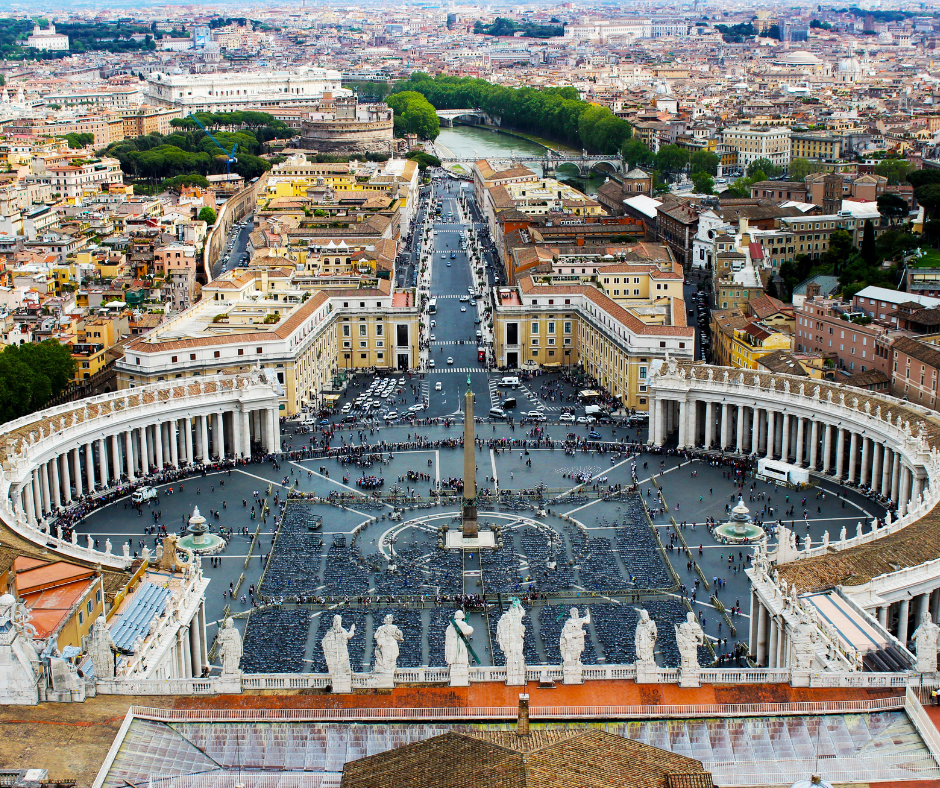

Queen Christina of Sweden, known for her abdication and conversion to Catholicism, left a significant mark on the cultural life of Rome. Key destinations for those interested in her story include the Vatican City, where Christina is one of the few women buried in the Grottoes beneath St. Peter’s Basilica, a testament to her unique relationship with the Catholic Church. Another must-visit is the Palazzo Corsini, Christina’s residence in Rome, which reflects her patronage of the arts and the intellectual salons she hosted, attracting scholars, artists, and philosophers of her time.
Madame de Maintenon (France)
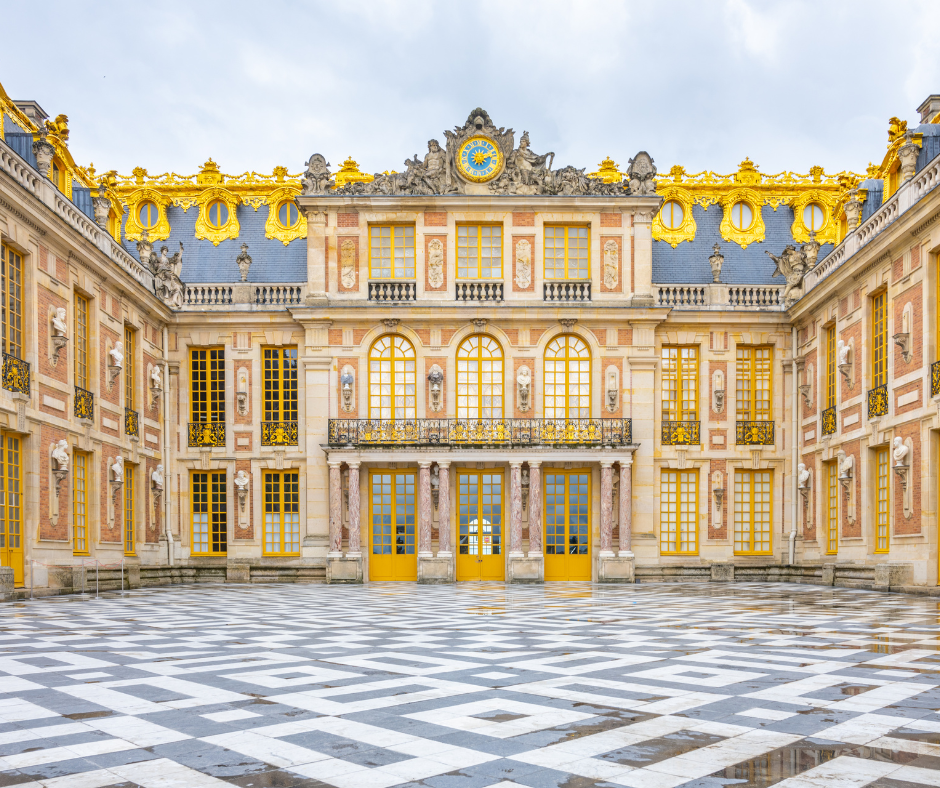

Madame de Maintenon’s journey from humble beginnings to the corridors of power as the secret wife of King Louis XIV is a tale of intrigue and ambition. The Château de Maintenon in Eure-et-Loir, France, offers visitors a glimpse into her life and influence at the court of Versailles. The château, acquired by Maintenon in 1675, is a beautiful representation of French classical architecture and landscaped gardens. Additionally, the Palace of Versailles, where she exerted her influence, provides context to her role in shaping French politics and culture during the Sun King’s reign.
The 19th Century
Mary Shelley (United Kingdom)
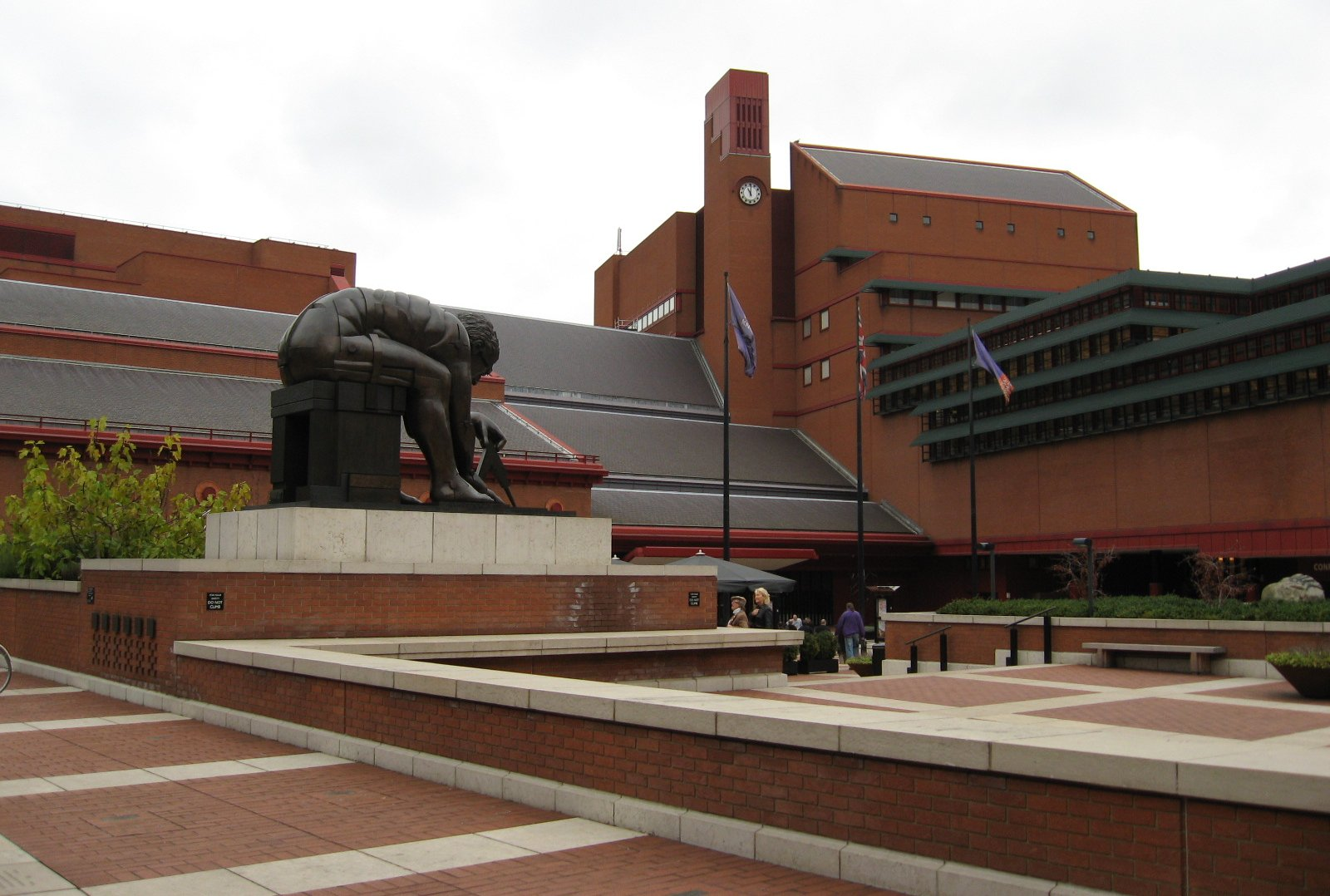

Mary Shelley, the author of “Frankenstein,” is celebrated for her contributions to literature and for her role in the development of the science fiction genre. Key destinations include London, where she spent much of her life and where the British Library holds significant manuscripts of her work, offering a deep dive into her creative process. Another notable site is Shelley’s birthplace in Somers Town, London, now marked by a plaque, which is a point of interest for literary enthusiasts.
Queen Victoria (United Kingdom)
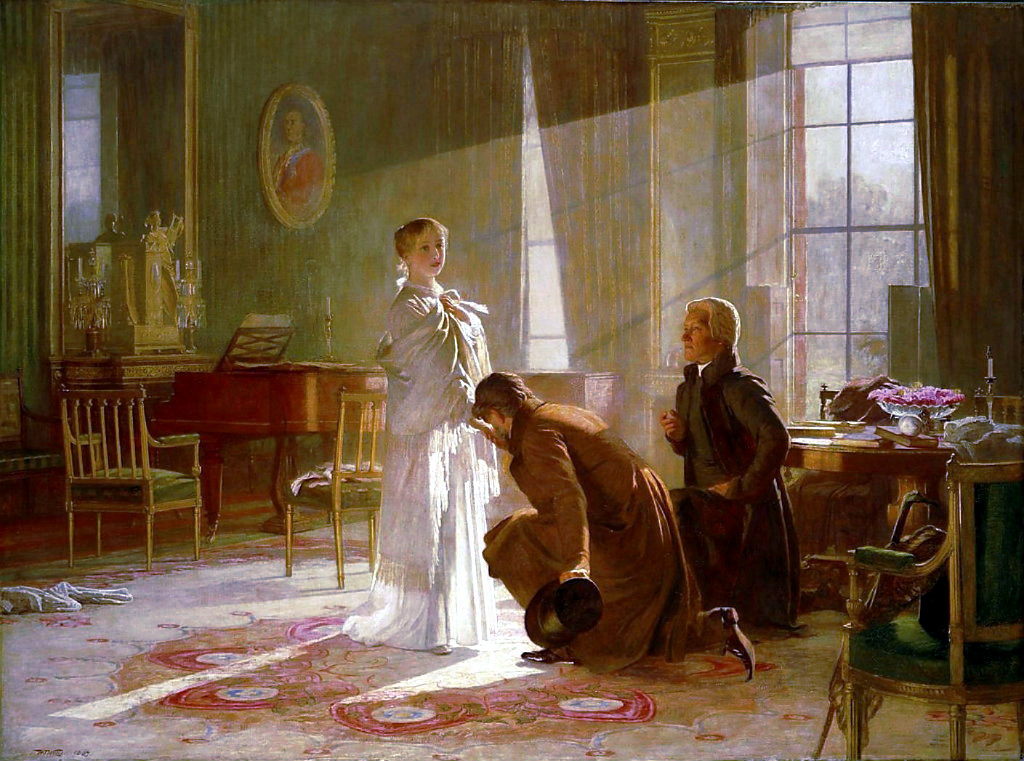

Queen Victoria’s reign, the longest of any British monarch until Queen Elizabeth II, left a profound legacy on British society and the Empire. Buckingham Palace in London, the official royal residence, and Osborne House on the Isle of Wight, her beloved private home, are key sites. Buckingham Palace offers insights into the official role of the monarchy, while Osborne House reflects the personal tastes and private life of Victoria and her family, offering a more intimate glimpse into her reign.
The Early 20th Century
Marie Curie (Poland and France)
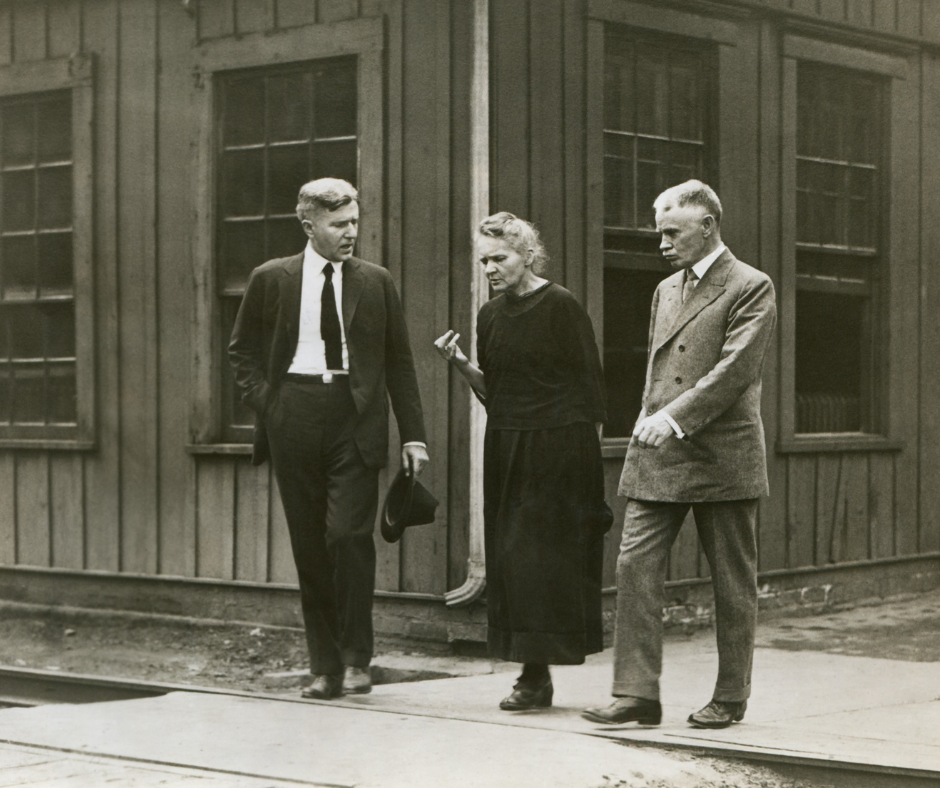

Marie Curie, a pioneering scientist who won Nobel Prizes in both Physics and Chemistry, is celebrated for her groundbreaking work on radioactivity. The Curie Museum in her Paris laboratory, now part of the Institut Curie, is a crucial site where visitors can learn about her life, work, and legacy. Additionally, her birthplace in Warsaw, Poland, now a museum, provides insight into the early life of the woman who would go on to make scientific history.
Emmeline Pankhurst (United Kingdom)
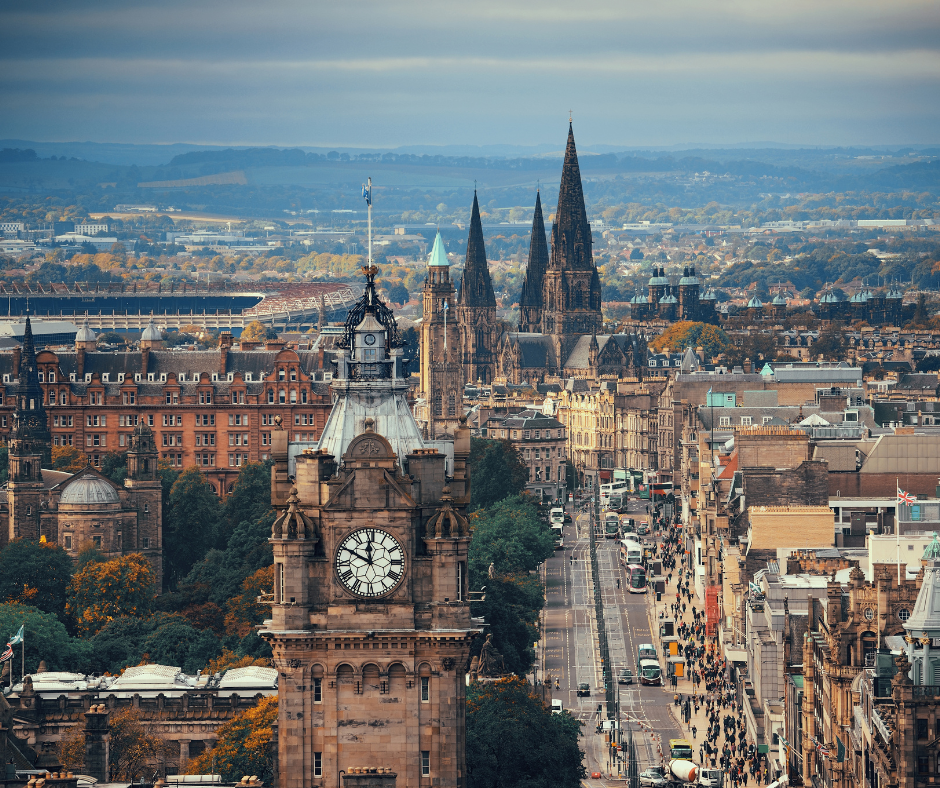

Emmeline Pankhurst, an important figure in the British suffragette movement, played an instrumental role in securing women’s right to vote in the United Kingdom. To embark on a tour celebrating her legacy, Europe offers several significant locations.
One notable destination is London, where Pankhurst founded the Women’s Social and Political Union (WSPU) and led numerous protests and campaigns. Manchester, her birthplace, is another key stop, showcasing her early activism and the city’s rich industrial history. Edinburgh, where Pankhurst addressed crowds and pushed for political change, is also significant. Visit the National Museum of Scotland while in Edinburgh for more information about Pankhurst and other women of her day.
Additionally, a visit to The Pankhurst Centre, located in Manchester, provides an immersive experience into Pankhurst’s life and the suffragette movement. Emmeline Pankhurst’s greatness lies in her unwavering dedication and fearless leadership in the fight for women’s rights. She fearlessly challenged societal norms, advocated for equality, and inspired countless individuals to strive for justice and change. Pankhurst’s resilience, courage, and unwavering commitment to the cause continue to inspire generations worldwide.
Final Thoughts As You Plan Your European Tour
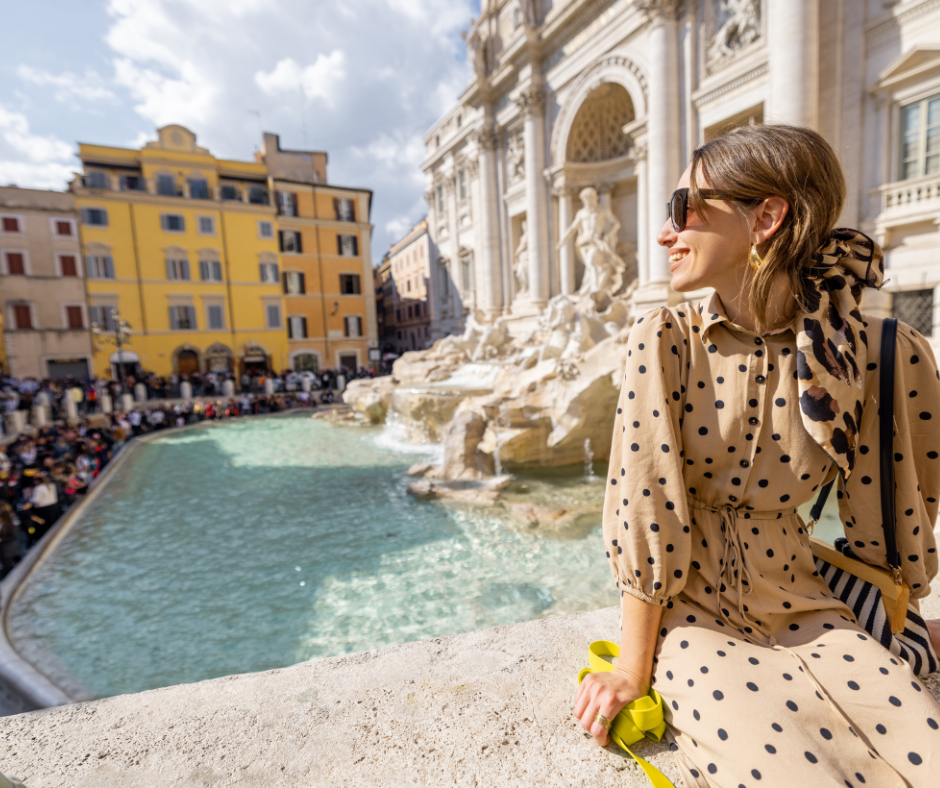

When planning your tour to honor the memories and contributions of remarkable women, crafting a meaningful itinerary is paramount. Start by researching significant locations associated with these women, such as their birthplaces, residences, and places of activism. Engage with a local historian and local guides to gain insights into their lives and the historical context of their achievements. A local tour director or tour leader will also be able to help you navigate the language barrier (if any).
Visiting museums dedicated to women’s history, attending guided tours focusing on their stories, and participating in events celebrating their legacies can deepen your understanding and appreciation. As you explore, prioritize responsible tourism by respecting local customs and sensitivities, supporting women-owned businesses, and leaving minimal environmental impact.
Remember, by immersing yourself in these experiences with respect and mindfulness, you not only honor the past but also contribute to preserving and promoting the ongoing fight for equality and recognition of women’s contributions.








